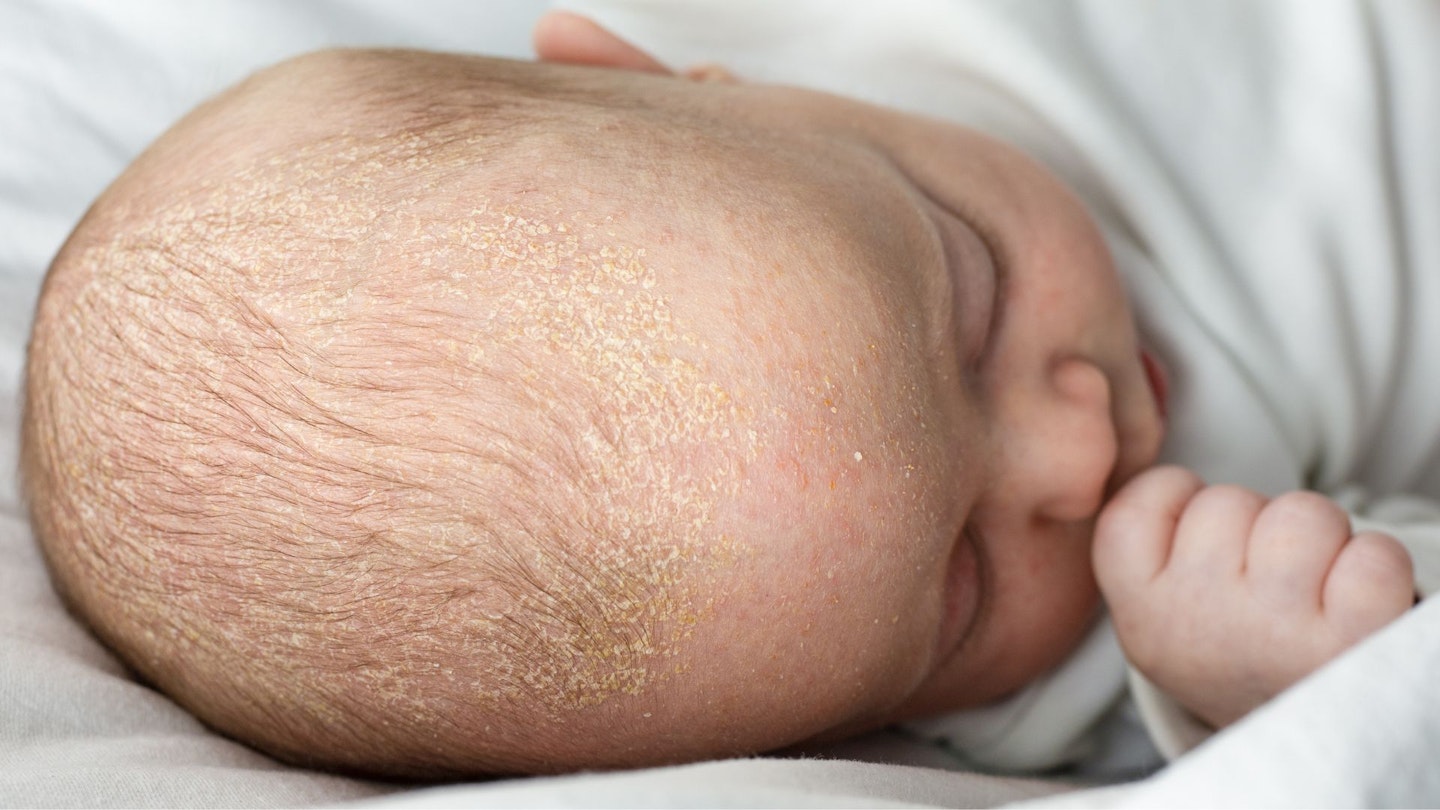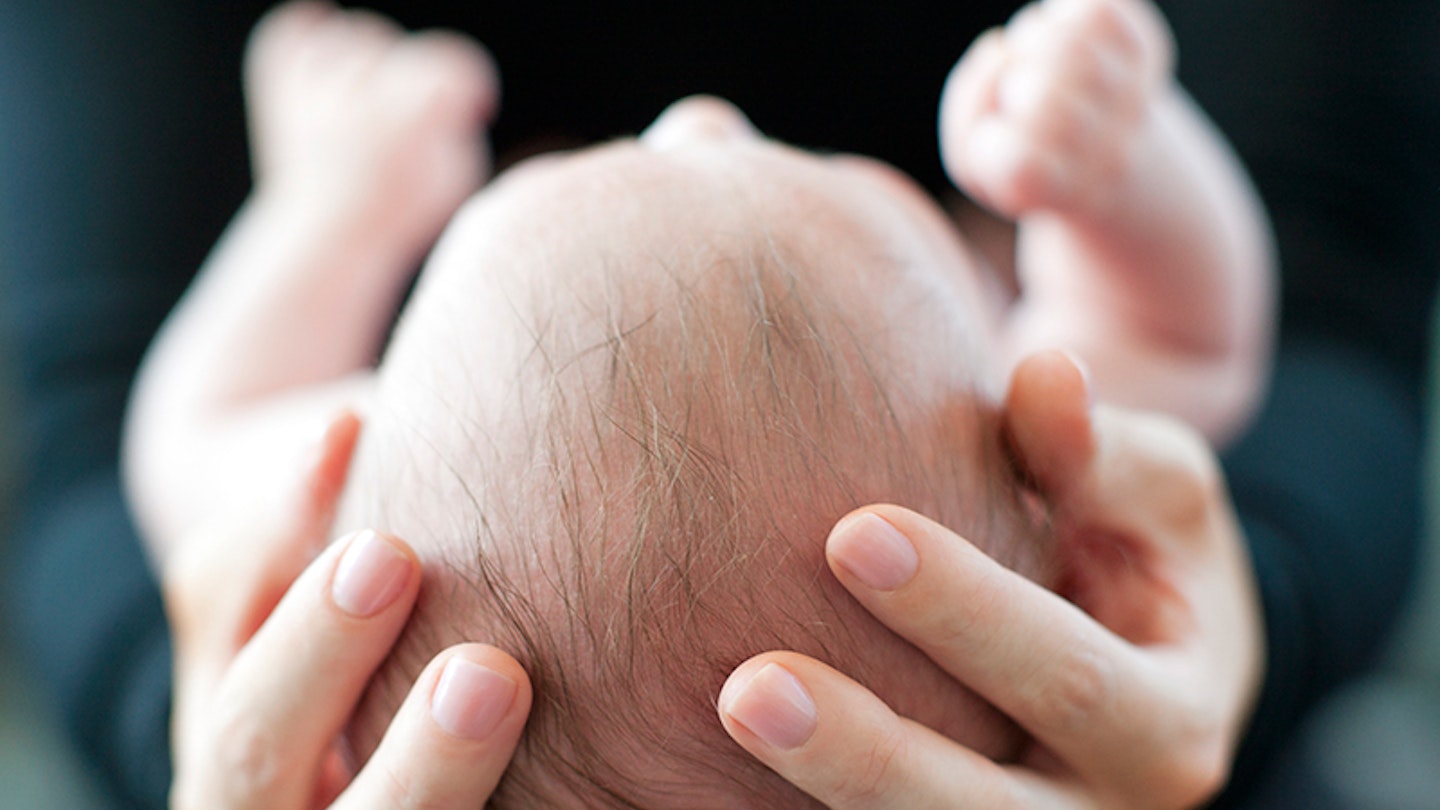We all know how delicate a newborns skin is, and if your child has a skin condition of patches of white or yellow scales on their head, they might have cradle cap. It can often look a lot worse than it feels for your baby, but the good news is there are plenty of simple ways to help clear it up.
Cradle cap, also known as infantile seborrheic dermatitis, is a form of eczema that produces creamy yellow scales that often appear on your newborns scalp. The skin can also look greasy, flaky and occasionally red, and it can also spread to the ears, eyebrows and sometimes other parts of the body.
The condition is very common affecting up to 50% of babies under eight months old and according to the NHS cradle cap will go away on its own within six to 12 months.
Causes of cradle cap

There is nothing specific that causes babies to have cradle cap and it's unclear why some babies are more prone to it than others. According to Kids Health, it's likely a combination of factors can cause cradle cap, including too much skin oil in the glands and hair follicles, caused by overactive sebaceous glands. It can then be made worse by natural skin yeast on the scalp.
It can usually start to settle down once the glands start to regulate.
What treatment is there?
In most cases, cradle cap will clear up on its own but it's understandable if you want to help get rid of it. There are several methods that you can try to ease cradle cap symptoms.
Gentle massaging
You can gentle rub in unscented baby oil into your baby's scalp and leave overnight. In the morning, you can use a soft baby brush to gently massage the area and wash it off.
Special shampoo
By using cradle cap shampoos, it can help loosen scaly patches on your newborns head. It's important to make sure that the shampoo is mild, so that it doesn't cause any further irritation.
Great Ormond Street Hospital's paediatric dermatologist, Dr David Atherton, said: "Don't use olive oil on cradle cap. It encourages skin yeast to grow, which can aggravate the condition." So if you find that baby oil and shampoo don't work, you can ask your GP or local pharmacist for special treatment, such as Dentinox shampoo.
It's also important to remember not to pick cradle cap, as this could lead to it becoming infected. They might not come off in one treatment, so repeat the process for a few days.
What should I do if cradle cap doesn't clear up?
If you've tried the oil massages, shampooing and brushing for a couple of weeks with no luck, you may want to ask your chemist for a special cradle cap treatment.
If the cradle cap becomes infected, and the area looks red and inflamed, or it spreads to other parts of their body, you should visit your GP. Your doctor might be able prescribe a course of antibiotic or antifungal cream, or a mild steroid cream might also be recommended for an inflamed rash.
Samantha Ball is a Product & Lifestyle Writer for Mother&Baby and freelanced for the website for two years before joining the team full time. She's a mum of two and loves browsing for the best products and cute outfits.
